For the last year our office has undergone many changes as a result of COVID-19. A year ago our office was closed. We were uncertain about the future of the world, our patients’ safety, and our own safety. We researched how to make our office safer and followed all of the recommended protocols. We purchased surgically clean air units for each operatory and our providers began to wear extra PPE. We created a touch free check in and check out process and masks became required to enter the building. We take temperatures and check oxygen levels on each staff member before the work day begins, and we do the same for each patient all day long. Once we were able to reopen we began limiting the amount of people in the office, and all of our surfaces are continually disinfected. Additionally to eliminate the spread of unnecessary and excess aerosols, our hygienists followed the recommendation to stop polishing patients’ teeth at the end of hygiene appointments.
Of all of the safety measures we implemented, not polishing teeth at the end of a hygiene appointment was the one that made the largest impact on our patients. This is because of a common misconception that the polishing portion of a hygiene appointment is the “cleaning”. Over the last year we have had patients make it through an hour long hygiene appointment and ask the hygienist why she didn’t clean their teeth. We’ve done our best to guide these patients down a path of understanding by explaining how the scaling the hygienist does to remove tartar and plaque that have built up between visits is actually what is “cleaning” their teeth. Beyond removing built up plaque and tartar, your hygienist will evaluate your gum tissues and remove any bacteria that is hiding in the pockets. She will also take the time to help you identify areas of concern and help you reach your oral health goals. Your hygienist is a healthcare provider, coach, educator, and watch guard. She is cleaning your teeth even if she isn’t polishing them, and more importantly she is teaching you how to properly clean your teeth.
When we were able to reopen our hygienists were very excited to get back to work even though they would no longer be able to polish. Polishing makes the tooth surface shiny and provides a smooth, glossy feeling; it is a tangible result that patients can see, feel, and immediately enjoy! Our hygienists recognize the value that patients place on polishing, and they understand the disappointment patients experienced when they didn’t get their teeth polished, however they had to follow the guidelines. Aerosols generated by polishing have the potential to present an infection control hazard, particularly in the COVID era. Our hygienists utilized this last year as an opportunity to help patients see the true value of a hygiene appointment by replacing the time that they previously spent polishing teeth with goal setting and education. For many patients, plaque levels have decreased and their oral health has improved between visits because they learned that polishing wasn’t the key to oral health and wellness.
